David Platt at Arsenal: why didn't it work out at Highbury for the England dynamo?
Twenty years ago Arsenal took a step towards a new era by signing the England international from Sampdoria. It didn't all go to plan, however, as Jon Spurling explains...
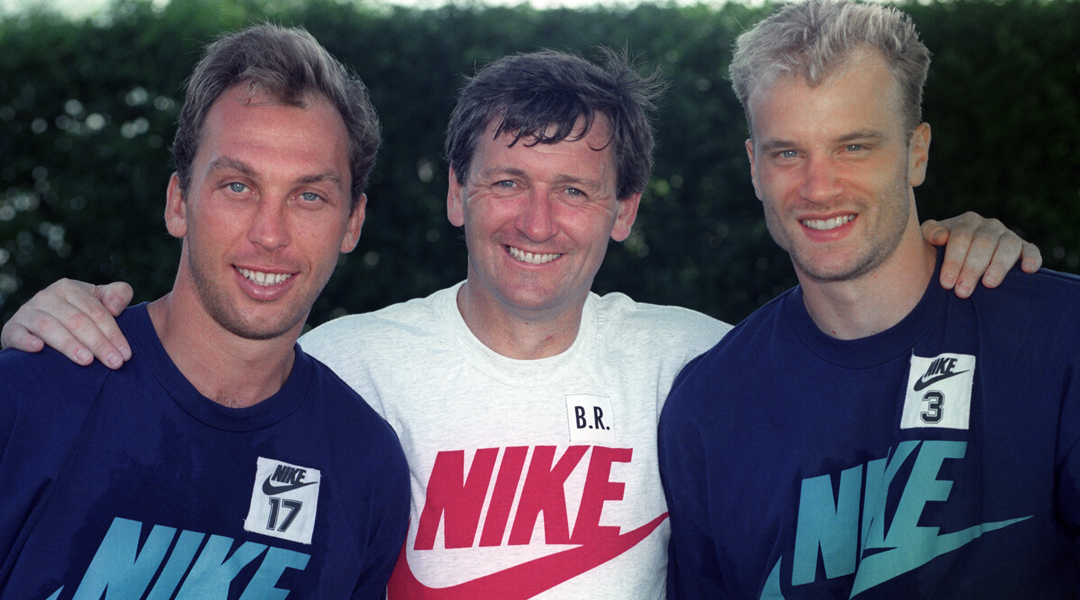
In July 1995, Blur and Oasis slugged it out in the unofficial battle of Britpop, and comedy script writer Richard Curtis, speaking in the aftermath of Four Weddings And A Funeral's unexpected success, insisted that domestic flicks were better than American blockbusters. Arsenal, having splashed out the princely sum of £7 million for Dutchman Dennis Bergkamp just three weeks earlier, entered into the Brit-pride summer by shelling out another whopping sum – this time £4.75m – for England star David Platt, who was keen to return to Blighty after a four-year sojourn in Italy which took in spells with Bari, Juventus and Sampdoria.
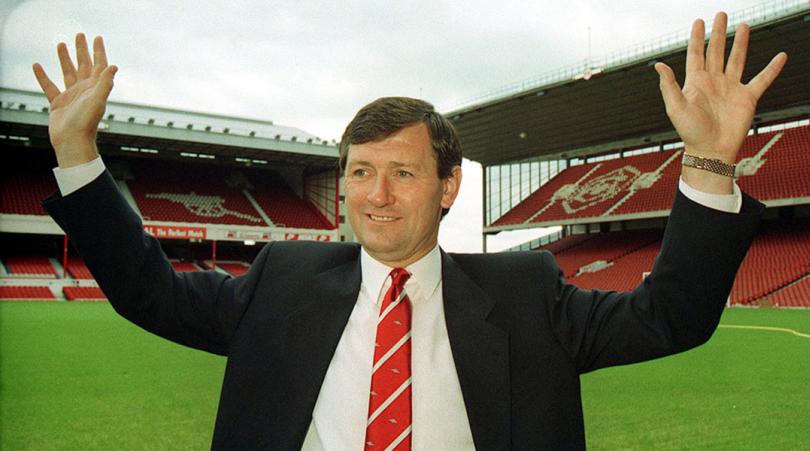
On the face of it he was the perfect signing for new Gunners manager Bruce Rioch, who liked his players squeaky clean, settled with a family, and articulate with the media. The former Crewe and Aston Villa man’s arrival at Highbury created a frisson of excitement which, although not as seismic as that which greeted Bergkamp's arrival, signified that Arsenal – finally pulling out of an era of sleaze, financial conservatism and regression – were ready to fight for the top prizes. (The Gunners beat Manchester United and Tottenham to his signature after vice-chairman David Dein flew out to Platt's Sardinian retreat where he was on holiday with his family.)
"I've signed for Arsenal because I think I can play a key role in this club winning the title again," Platt insisted. “This will happen within two or three seasons at the most."
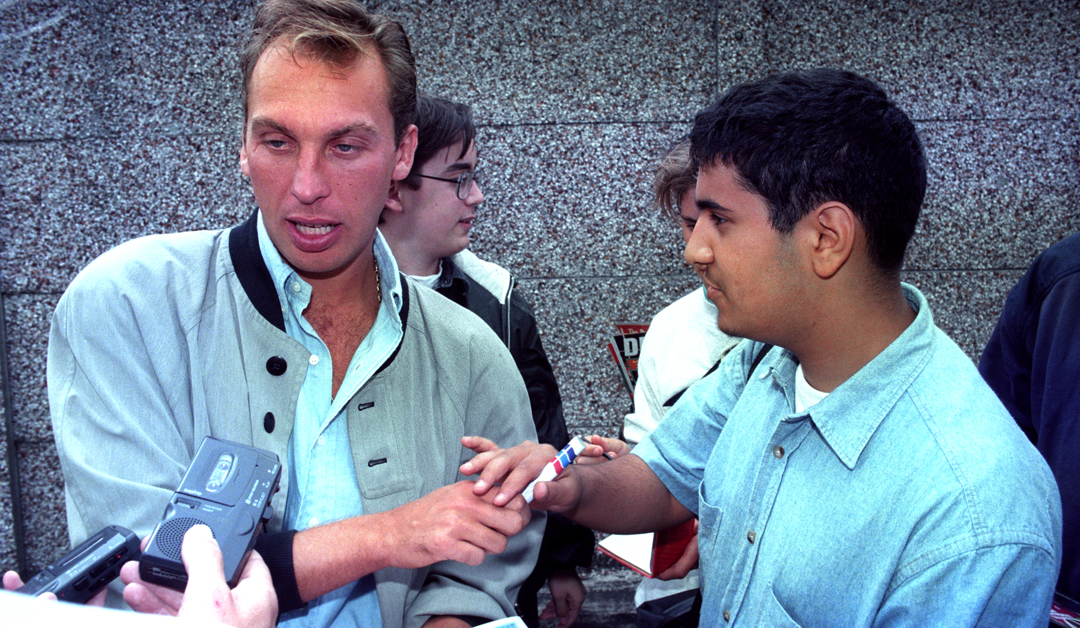
Platt was unerringly accurate with his prediction, but by then Rioch had departed and the ex-England man's role within the squad was downgraded to that of a bit-part player. When he left Highbury in summer 1998, it was the most low-key of exits. So why exactly was Platt's three-year stay in north London so underwhelming, at a time when Arsenal's fortunes were on an upward trajectory?
Fitting in... or not
When he did maraud forward, he and Merson clearly trod on one another’s metaphorical toes
Initially, the first problem Platt faced was a tactical one. The nimble midfielder, who netted 27 times in 62 England appearances, had always been at his best when executing lung-busting forward runs, and prospered at Aston Villa when supporting two beanpole strikers; Ian Olney and Tony Cascarino.
But the 1995/96 campaign for Arsenal was an experimental one in several ways. Initially, Rioch preferred to play Paul Merson in the 'hole' behind a front pairing of Ian Wright and Dennis Bergkamp. This meant that Platt was relegated to a holding position in the centre of the park, alongside a (then) misfiring Ray Parlour and central defender Martin Keown, who reluctantly agreed to play out of position for much of the campaign. Platt began well, scoring an excellent goal from Merson’s threaded through pass against Everton in the second game of the campaign, and crashing home a superb volley against Nottingham Forest in the fourth match.
Get FourFourTwo Newsletter
The best features, fun and footballing quizzes, straight to your inbox every week.

Yet even in those early skirmishes, Platt cut a frustrated figure, instructed to hold the fort in midfield. When he did maraud forward, he and Merson clearly trod on one another’s metaphorical toes as Arsenal, although remaining unbeaten, struggled to find their rhythm under Rioch. Platt got injured in the Forest game, and missed the best part of two months due to a knee injury. When he returned to the team, he appeared laboured and struggled to adapt to the pace of the English game after his Italian adventure.
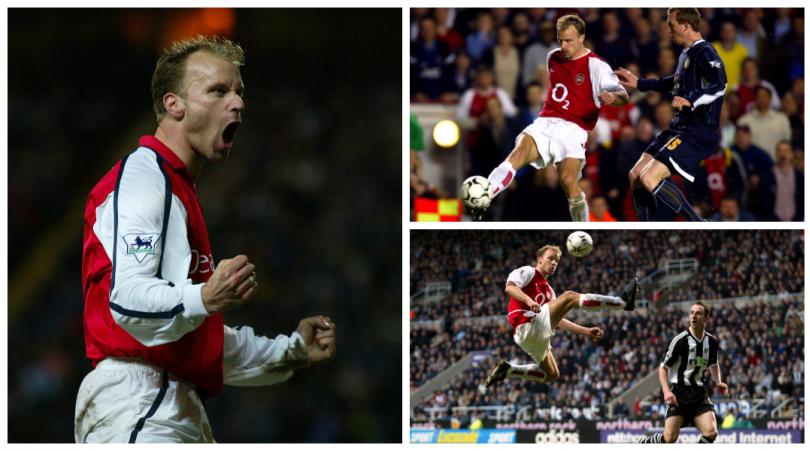
Rioch made it clear that during the summer, strengthening the Gunners' midfield would be the club’s top priority. Although Platt ended the season on a high note by driving home a decisive first goal in a final-day win against Bolton which sealed Arsenal’s place in the UEFA Cup, the feeling was that for all his experience, the 29-year-old wasn’t going to be the midfield dynamo who'd propel the north Londoners into a new era.
Enter Arsene
Weeks later at the club’s Christmas party, Platt and skipper Tony Adams instructed Petit and Vieira to adopt more self-discipline in their roles. It was a typically selfless Platt gesture
Instead, that figure arrived in September 1996, when new manager Arsene Wenger (still seeing out the remaining weeks of his contract with Japanese side Nagoya Grampus Eight) bought Patrick Vieira, a prototype 21st-century midfielder from Milan. Platt scored on the night Vieira made his first Arsenal appearance as the Gunners thumped Sheffield Wednesday 4-1 at Highbury, but it was Vieira’s awesome physical presence and short, accurate passing which induced panic in Wednesday’s ranks. Platt did a neat and tidy job alongside the Frenchman for the rest of the campaign, but as Wenger began to introduce a more visceral passing game, Platt, playing it safe in midfield, was just a reminder of stodgier, more traditional English fayre.
Wenger signed Emmanuel Petit in the close season of 1997, and his partnership with Vieira was at the core of Arsenal’s double-winning success that season. The French midfield axis meant that Platt became a bit-part player; a serial benchwarmer who only made the first team when either of the Gallic hotheads was injured or suspended. In a season when Bergkamp garnered a raft of plaudits, Platt took centre stage only once when his superb header against Manchester United in November gave Arsenal a vital 3-2 win at a time when they were languishing in the title race.

Weeks later at the club’s Christmas party, Platt and skipper Tony Adams instructed Petit and Vieira to adopt more self-discipline in their roles to ensure a silverware-laden Gunners season. It was a typically selfless Platt gesture. When Petit returned to first-team action, his English team-mate became an almost permanent substitute once more, trotting on no fewer than 20 times in league matches and thus winning the only league winners' medal of his career.
It came as no surprise at the end of the campaign when he accepted the offer to become player-manager at Nottingham Forest. His goals against Bolton and Manchester United aside, Platt’s Arsenal career is now largely forgotten by most fans. Perhaps it’s because, as a seasoned professional, Platt adopted a 'safe hands' approach which was unlikely to make him a Highbury hero. It might also be because he was a branded player – a footballer who’d made his name elsewhere and was never regarded as an 'Arsenal man', despite the fact that he speaks fondly of his time at the club.
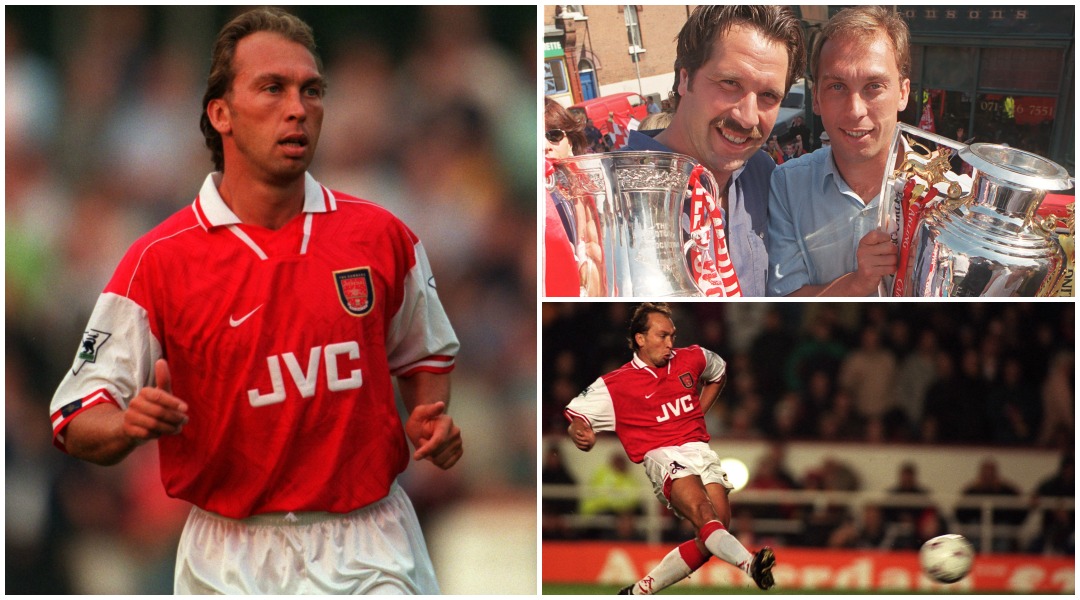
Perhaps it’s principally due to the fact that, although Platt was England’s most successful foreign export in the 1990s by some distance, his restricted skill set compared unfavourably with that of Vieira, Petit, Bergkamp et al in an era when Arsenal discarded their blue collar game and ushered in a more cosmopolitan approach.
Platt’s rather underwhelming career at Highbury was clear evidence of the extent to which Arsenal’s DNA – and that of the Premier League – was permanently altered in the late-1990s as the English game went global.
Jon Spurling is a history and politics teacher in his day job, but has written articles and interviewed footballers for numerous publications at home and abroad over the last 25 years. He is a long-time contributor to FourFourTwo and has authored seven books, including the best-selling Highbury: The Story of Arsenal in N5, and Get It On: How The '70s Rocked Football was published in March 2022.

